Sun Safety
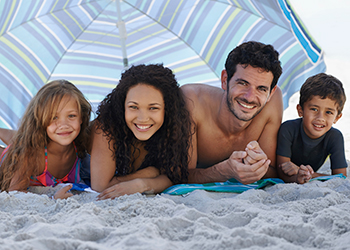
You can reduce your risk of skin damage and skin cancer by seeking shade under an umbrella, tree, or other shelter before you need relief from the sun.
The sun’s ultraviolet (UV) rays can damage your skin in as little as 15 minutes. Follow these recommendations to help protect yourself and your family.
Shade
You can reduce your risk of skin damage and skin cancer by seeking shade under an umbrella, tree, or other shelter before you need relief from the sun. Your best bet to protect your skin is to use sunscreen or wear protective clothing when you’re outside—even when you’re in the shade.
Clothing
When possible, long-sleeved shirts and long pants and skirts can provide protection from UV rays. Clothes made from tightly woven fabric offer the best protection. A wet T-shirt offers much less UV protection than a dry one, and darker colors may offer more protection than lighter colors. Some clothing certified under international standards comes with information on its ultraviolet protection factor.
If wearing this type of clothing isn’t practical, at least try to wear a T-shirt or a beach cover-up. Keep in mind that a typical T-shirt has an SPF rating lower than 15, so use other types of protection as well.
Hat
For the most protection, wear a hat with a brim all the way around that shades your face, ears, and the back of your neck. A tightly woven fabric, such as canvas, works best to protect your skin from UV rays. Avoid straw hats with holes that let sunlight through. A darker hat may offer more UV protection.
If you wear a baseball cap, you should also protect your ears and the back of your neck by wearing clothing that covers those areas, using a broad spectrum sunscreen with at least SPF 15, or by staying in the shade.
Sunglasses
Sunglasses protect your eyes from UV rays and reduce the risk of cataracts. They also protect the tender skin around your eyes from sun exposure.
Sunglasses that block both UVA and UVB rays offer the best protection. Most sunglasses sold in the United States, regardless of cost, meet this standard. Wrap-around sunglasses work best because they block UV rays from sneaking in from the side.
Sunscreen
Put on broad spectrum sunscreen with at least SPF 15 before you go outside, even on slightly cloudy or cool days. Don’t forget to put a thick layer on all parts of exposed skin. Get help for hard-to-reach places like your back. And remember, sunscreen works best when combined with other options to prevent UV damage.
How sunscreen works. Most sunscreen products work by absorbing, reflecting, or scattering sunlight. They contain chemicals that interact with the skin to protect it from UV rays. All products do not have the same ingredients; if your skin reacts badly to one product, try another one or call a doctor.
SPF. Sunscreens are assigned a sun protection factor (SPF) number that rates their effectiveness in blocking UV rays. Higher numbers indicate more protection. You should use a broad spectrum sunscreen with at least SPF 15.
Reapplication. Sunscreen wears off. Put it on again if you stay out in the sun for more than two hours and after swimming, sweating, or toweling off.
Expiration date. Check the sunscreen’s expiration date. Sunscreen without an expiration date has a shelf life of no more than three years, but its shelf life is shorter if it has been exposed to high temperatures.
Cosmetics. Some makeup and lip balms contain some of the same chemicals used in sunscreens. If they do not have at least SPF 15, don't use them by themselves.

Sun Safety Tips for Men
Men, especially those with lighter skin, are more likely than anybody else to get skin cancer, including melanoma—the deadliest kind of skin cancer.
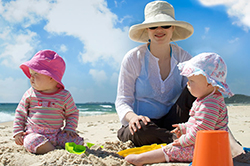
Sun Safety Tips for Families
Protect your family and yourself from skin cancer. Stay sun-safe outdoors and discourage indoor and outdoor tanning.
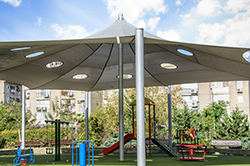
Sun Safety Tips for Schools
As an educator, you can protect students from skin cancer. Keep students sun safe, and teach them to avoid indoor tanning.
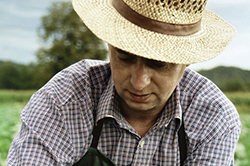
Sun Safety Tips for Employees
As an employer, you can protect workers from skin cancer by providing and encouraging sun safety and protection, which can create a healthy workplace and increase productivity.
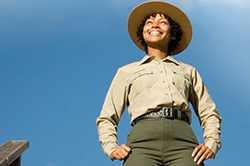
Sun Safety Tips for Parks and Recreation Staff
Protect your staff and help guests enjoy their time outdoors safely. Make sun protection the easy choice.

Protect All the Skin You’re In
Anyone, no matter their skin tone, can get skin cancer. Being physically active outside is healthy and can help prevent conditions like obesity. But it’s important to be sun smart when playing and working outdoors.
More Information
- NIOSH Fast Facts: Protecting Yourself from Sun Exposure
- CDC Health Information for International Travel: Sun Exposure
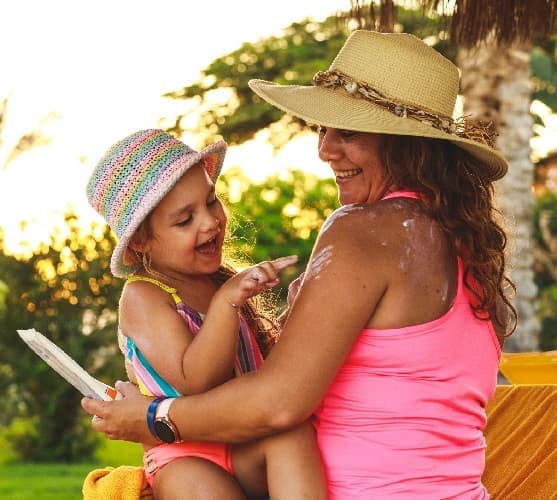 Put on broad spectrum sunscreen with at least SPF 15 before you go outside, even on slightly cloudy or cool days.
Put on broad spectrum sunscreen with at least SPF 15 before you go outside, even on slightly cloudy or cool days.





















.png)











No hay comentarios:
Publicar un comentario